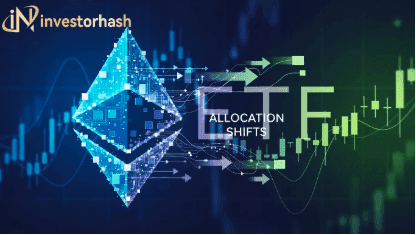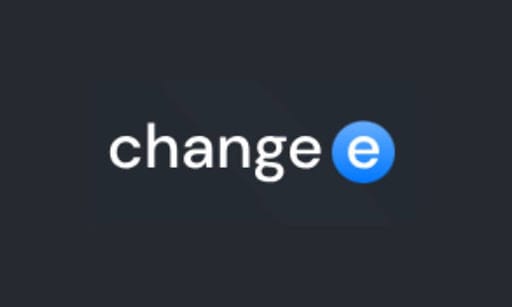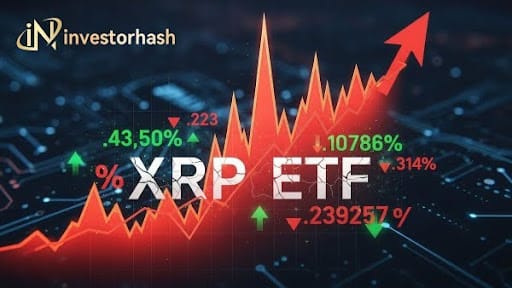European Union Prepares DeFi Regulation Framework for 2026 Implementation

European lawmakers are preparing to regulate decentralized finance protocols starting in mid-2026, even though regulators have yet to define "decentralization" under current law. Cointelegraph reports that DeFi protocols remain in regulatory limbo as the Markets in Crypto-Assets Regulation (MiCA) enters its final implementation phase.
Vyara Savova, senior policy lead at the European Crypto Initiative, explained during a Chain Reaction X Spaces show on June 4 that authorities will start interpreting how to legally define decentralization around mid-2026. "No one actually knows what EU policymakers mean by DeFi," Savova said, noting that DeFi is theoretically outside MiCA's scope.
The comprehensive regulatory framework went into effect on December 30, 2024, focusing primarily on investor protection, fraud prevention, and stablecoin reserve management. However, the framework leaves ambiguity around DeFi protocols, creating uncertainty for developers and users across the sector.
MiCA Implementation Creates Market Uncertainty
MiCA's initial framework received criticism for gaps regarding decentralized protocols, requiring DeFi platforms to adhere to the same licensing and Know Your Customer requirements as traditional financial services firms. Legal Nodes explains that Crypto Asset Service Providers must begin applying for licenses starting January 2025.
Recital 22 of the regulation mentioned that fully decentralized crypto-asset service providers "should not fall within the scope of this Regulation." Yet this provision creates confusion about which protocols qualify as truly decentralized versus those requiring compliance.
Marina Markezic, executive director of EUCI, confirmed that MiCA II will not move forward despite previous calls from European Central Bank President Christine Lagarde. "You have probably heard about a potential MiCA II. It's not happening," Markezic stated. Instead, ongoing discussions about stablecoins may result in targeted legislative updates rather than comprehensive revisions.
Global DeFi Trends Shape European Policy Direction
The DeFi sector continues expanding globally, with Grand View Research projecting the market will reach $231.19 billion by 2030, growing at a 53.7% compound annual growth rate from 2025. This growth creates pressure on regulators worldwide to establish clear frameworks.
Crystal Intelligence reports that 75% of jurisdictions remain only partially compliant with global crypto regulations, highlighting the complexity of creating unified standards. The firm notes that regulators are targeting opacity and abuse by enforcing customer identification processes and sanctioning illicit mixing services.
Recent trends show DeFi moving beyond experimental yield farming into real-world asset integration. Fingerlakes1 identifies tokenization of real estate, commodities, and fine art as major developments, alongside the emergence of permissioned DeFi pools for institutional participation.
SDLC Corp research shows that traditional financial institutions and regulatory bodies are engaging with DeFi at unprecedented levels, with banks, hedge funds, and investment firms integrating blockchain-based financial products.
Industry Impact and Future Outlook
The regulatory uncertainty affects how DeFi protocols operate across European markets. Platforms must prepare for potential requirements while maintaining decentralized principles that initially made them attractive to users seeking alternatives to traditional finance.
New Anti-Money Laundering rules restricting private coins and anonymous crypto accounts are scheduled to take effect in 2027, creating additional compliance layers for the sector. These provisions will further shape how DeFi protocols structure their operations and user interfaces.
The broader cryptocurrency market continues growing, with Globe Newswire reporting the global cryptocurrency market reached $2.1 billion in 2024 and projects growth to $5 billion by 2030. Institutional adoption emerged as a critical driver, with major companies and investment firms entering the market.
European regulators face the challenge of creating frameworks that protect consumers while preserving innovation. The 2026 timeline provides opportunity for industry input, though uncertainty about implementation details continues affecting investment and development decisions.
DeFi's integration with traditional finance accelerates despite regulatory gaps. The sector's evolution toward real-world asset tokenization and institutional participation suggests European frameworks will need to accommodate hybrid financial products that merge decentralized efficiency with traditional banking security.
The upcoming regulatory framework will determine whether Europe becomes a leader in DeFi innovation or pushes development to more accommodating jurisdictions. Clear definitions of decentralization remain essential for protocol developers and investors planning long-term strategies in the European market.
Related Reading on BTC Peers
Read about the Global Bitcoin Policy Index (GBPI) to understand how different countries are approaching Bitcoin regulation and policy development. This comprehensive analysis examines regulatory frameworks across major economies, providing insights into how global Bitcoin policies compare to emerging DeFi regulations like those being developed in Europe. The index tracks policy developments, regulatory clarity, and adoption trends that help readers understand the broader context of cryptocurrency regulation worldwide.




